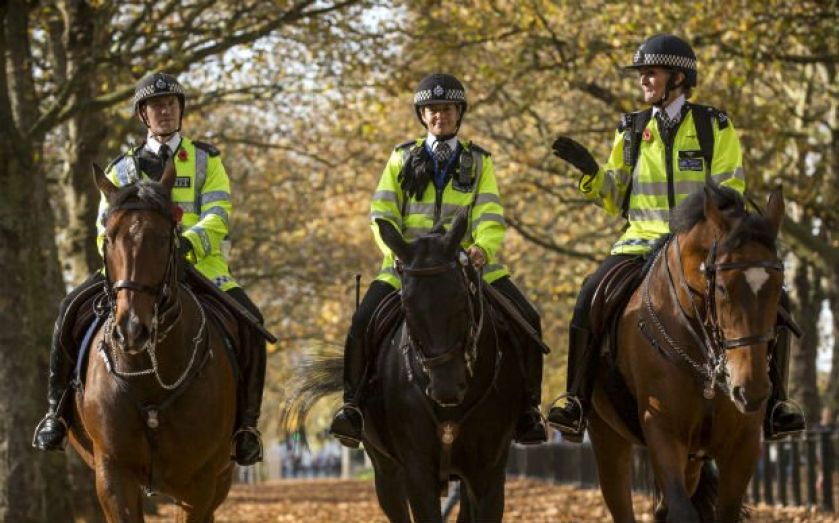Police cautions could be scrapped: How many are given every year and for what crimes?

The government is planning to scrap police cautions, the formal warnings given out for minor offences, and bring in new penalties which it says are tougher on offenders.
Justice Secretary Chris Grayling said it was time to end the UK’s “caution culture” so that “no one is allowed to get away with the soft option.”
A trial of a new two tier system will give police two options for punishing offenders outside of the courts.
More minor offences will incur a community resolution which might include making repairs or paying compensation. The second option for more serious offences will be a suspended prosecution where the offender must comply with certain conditions or face going to court.
How is this different?
Currently there are five options for settling offences out of court:
Cannabis warnings: This punishment, introduced in 2005, is a spoken warning from the police that can be used against someone found to be in possession of small amounts of cannabis for the first time.
Penalty notices: A penalty notice for disorder (PND) can be issued to someone found with small amounts of cannabis for a second time. They can also be given for low level anti-social and nuisance behaviour, and was introduced in 2004.
Community resolution: This is an informal resolution for resolving less serious offences where there is no formal record. The offender has to admit guilt and the victim has to agree for a community resolution to be used.
Simple caution: A caution is a formal warning from the police given to offenders who admit guilt. It is recorded on a person’s criminal record.
Conditional caution: This is the same as a simple caution but with conditions attached. This could be paying compensation, apologising to the victim or drug rehab. The Crown Prosecution Service (CPS) approved all conditional cautions prior to 2012. The police no longer need to consult the CPS unless it is a crime which should go to court, a hate crime or domestic violence.
PNDs will still be used in the new framework.
How many cautions are given out now?
The number of all these recorded cautions handed out by police has fallen from a peak in 2007.

Why? The Ministry of Justice explains: “The increase to the 12 months ending September 2007 coincided with the introduction in 2001 of a target to increase offences brought to justice, and the decrease coincided with the replacement in April 2008 of the target with one placing more emphasis on bringing serious crimes to justice. The latter target was subsequently removed in May 2010.”
The fall is also in line with an overall fall in the number of proven offences- so any crime ending in caution or conviction. More offences end in conviction than caution. 
Most cautions are handed out for theft, followed by violence against another person, and then criminal damage and arson.

Grayling said the new framework, which is being piloted in West Yorkshire, Staffordshire and Leicestershire and then extended nationally if successful, aims to empower victims and give them a say in how criminals are dealt with, as well as making it easier for officers to deal with minor offences.
Chief Consatble Lynne Owens, the national policing lead on out-of-court disposals as the measures are known, said: "We recognise that the current out of court disposals framework has developed organically over a number of years and is complex as a result. Any reform must aim to simplify it in order to assist public understanding and reduce bureaucracy."